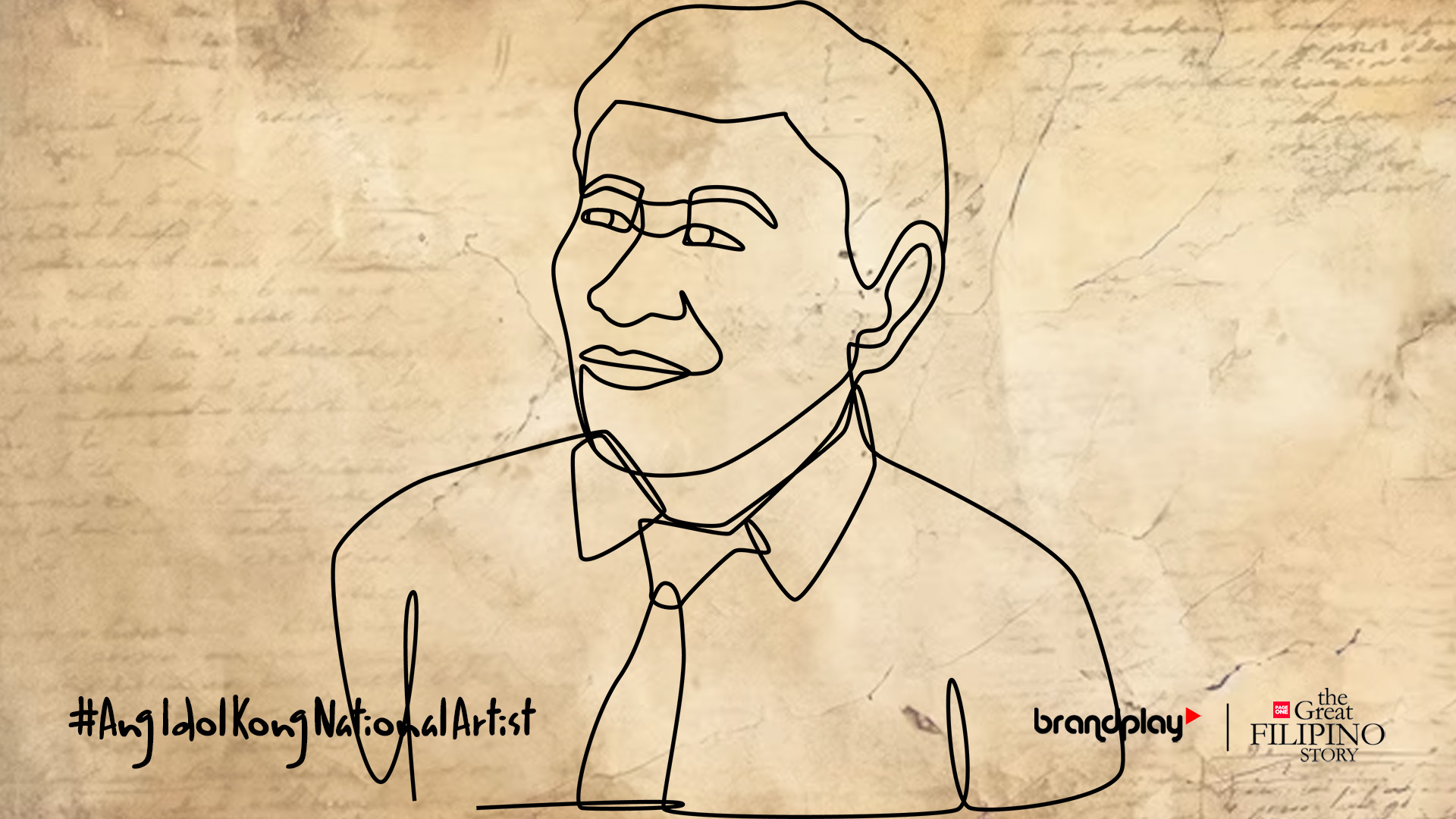Literature and Music in the Philippines play a massive role in the daily lives of Filipinos. Literature and music are as intertwined as enthusiasts are with these forms of art. Both art forms unite communities, document historical narratives, and inspire civic engagement, especially during significant events. Ultimately, they play a crucial role in preserving Filipino culture and connecting generations.
Levi Celerio was born in Tondo, Manila, Philippines, on April 30, 1910. His upbringing in a multicultural setting significantly impacted his creative growth. His early exposure to literature and music ignited a lifelong love of the arts, inspiring him to create poetry and compose music at an early age.

Celerio was a prolific songwriter, renowned for his unique ability to blend traditional Filipino music with contemporary styles. As a master of the “kundiman”, a traditional Filipino love song, he wrote over 4,000 songs throughout his career. His works often reflect the Filipino experience, capturing themes of love, nature, and nationalism. Notable compositions include “Sa Ugoy ng Duyan”, a haunting lullaby that evokes deep emotions, and “Ikaw”, a timeless love song cherished by generations.
His music often featured simple yet poignant lyrics that resonated with everyday Filipinos. Songs like “Bayan Ko” became anthems of nationalism and hope, especially during times of struggle. Celerio’s ability to address universal emotions while maintaining a distinctly Filipino flavor allowed his work to transcend generations, making him an enduring figure in the musical landscape of the Philippines.

In addition to his musical achievements, Celerio was also a talented poet and playwright. His literary works frequently incorporated elements of Filipino folklore and mythology, showcasing his deep appreciation for the rich cultural heritage of the Philippines. His poetry is celebrated for its lyrical quality and emotional depth, often exploring themes of love, identity, and the natural world. Celerio’s writing reflects a profound connection to his roots and a desire to express the beauty and complexity of Filipino life.
Throughout his career, Celerio collaborated with numerous artists and musicians, enriching the Philippine music scene. His innovative approach to songwriting helped to modernize traditional forms while preserving their essence. He often played the leaf as a musical instrument, showcasing his creativity and versatility. This unique skill became a hallmark of his performances, further endearing him to audiences.
Celerio’s contributions did not go unrecognized. He received numerous awards throughout his lifetime, including the prestigious National Artist for Literature and Music title in 1997, which acknowledged his significant contributions to Philippine culture. His influence extends beyond his compositions, as he inspired generations of artists and musicians to explore and embrace their cultural roots. He was a mentor to many aspiring musicians, encouraging them to find their voice and tell their stories through music.
Some of his other notable works include “Pasko Na Naman,” “Sa Ugoy ng Duyan,” and “Saan Ka Man Naroroon?” each highlighting his ability to evoke emotion and resonate with listeners on a personal level. His songs often tell stories of love, loss, and longing, reflecting the complexities of human relationships and the Filipino experience.

Levi Celerio remains a beloved figure in Philippine arts, celebrated for his ability to weave together the threads of music and literature. His legacy endures, reminding us of the power of creativity to capture the essence of the human experience and the beauty of Filipino culture. As a National Artist, he not only enriched the Filipino artistic landscape but also ensured that future generations would continue to appreciate and draw inspiration from his work. His life and creations serve as a testament to the enduring spirit of Filipino artistry and the importance of cultural expression in shaping national identity.









